Linear system applications
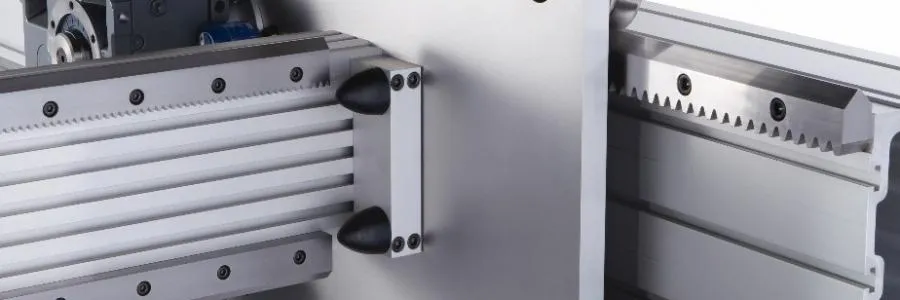
There are many ideas that could potentially be used as a solution for key applications. The dilemma we engineers face today is no longer the construction of a linear system from scratch but rather selecting the best solution from a wide range of available configurations. Specifically for linear system applications, the most common solutions manufactures have come up with are ball screws, linear actuators, belts, and pneumatics.
BALL SCREW DRIVEN SYSTEM
Ball screw driven systems are meant for applications that require high positioning accuracy, high repeatability, and high thrust load capabilities. With preloaded nuts, we can eliminate the possibility of backlash. Ball screws also allow for a wide range of speed requirements and if equipped with a special brake can even prevent backdriving in upward movements.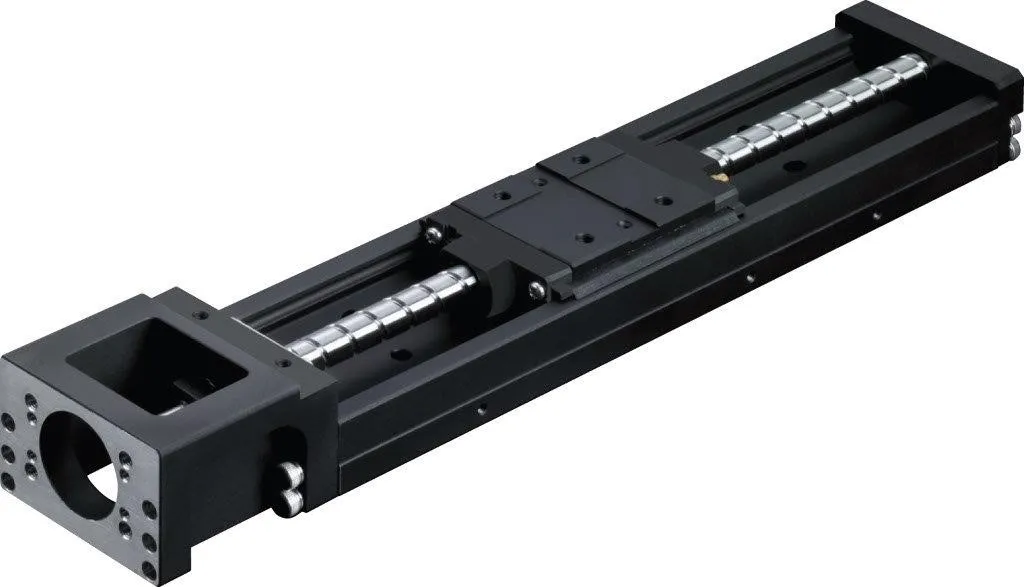
The main limitation of ball screw driven systems is their travel length. A longer screw translates to a smaller permissible speed. This is due to the screw sagging under its own weight. Additional support units can help to counter this effect, but at the expense of space and overall system cost.
BELT DRIVEN SYSTEMS
Belt driven systems are best because their ability to travel great lengths. They are also able to achieve high speeds due to not having any recirculating elements. Typical speeds for such systems can be up to 10 m/s. Belt based systems are also great for operating in harsh environments since there are no rolling elements to fear damages made by debris. The material belts are made of (polyurethane) can withstand most common types of chemical contamination.
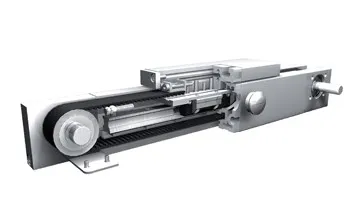
The downside of belt driven systems is that the belts can get stretched out. Even the ones reinforced with steel will eventually succumb to some form of overstretching. Overstretching leads to a decrease in repeatability and travel accuracy. Another drawback of belt driven systems is their susceptibility to resonance. This is due to the elasticity of the belt. While you can compensate for resonance with proper drive tuning, other applications with higher deceleration and acceleration rates or heavy loads can experience unwanted settling times.
LINEAR MOTOR DRIVEN SYSTEMS
Regarded once as too expensive for most applications, linear motors are now being used for handling tasks and positioning in industries such as assembly and packaging. We can thank lower production costs for this trend. Although for engineers the most appealing features of linear motors are their high-speed capability, accuracy in positioning and relatively low maintenance requirements. They also provide the ability like rack and pinion systems, to integrate multiple, independent carriages on one system.
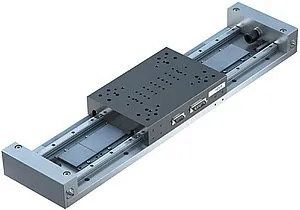
Since linear motors have no mechanical elements to prevent the load from backtracking they are not advised for use in vertical applications. Linear motors are also very susceptible to debris and other forms of contamination. This is due to incorporating powerful magnets in its design.
RACK AND PINION DRIVEN SYSTEMS
Rack and pinion systems provide high thrust forces and can do so at great travel lengths. Their special design allows for the use of multiple carriages on one system, which is useful for applications that strive for fast automation.
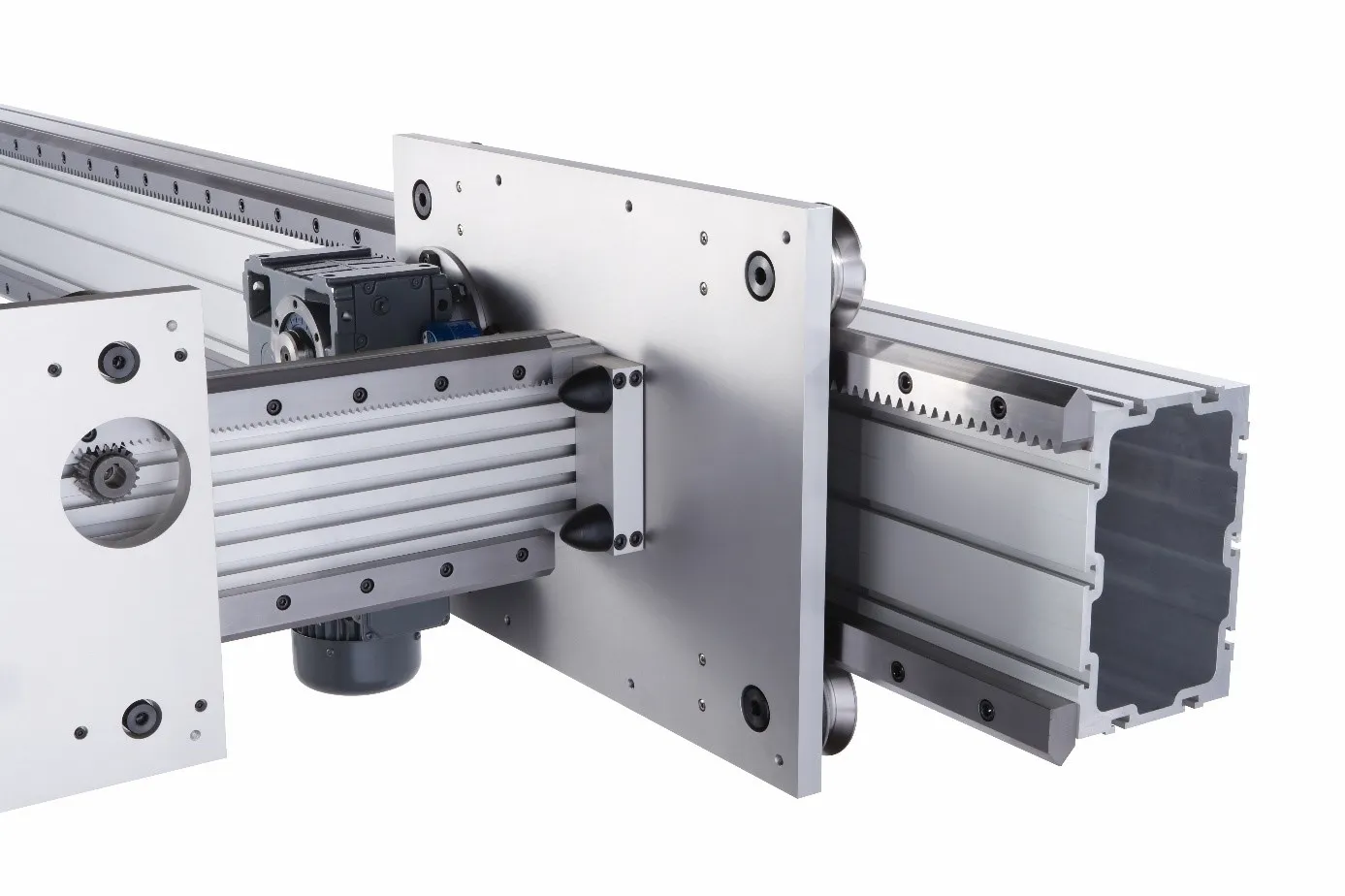
Although good quality versions with low-backlash are available, in general, they have subpar positioning accuracy compared to other alternative linear motion systems. Rack and pinion systems are also known for being very loud depending on the tooth profile and quality.
PNEUMATIC DRIVEN SYSTEMS
Pneumatic driven systems are powered by a pressurized source of air. These systems have the lowest precision accuracy and repeatability out of all the previously discussed systems with the main problem being its inability to halt between designated positions.
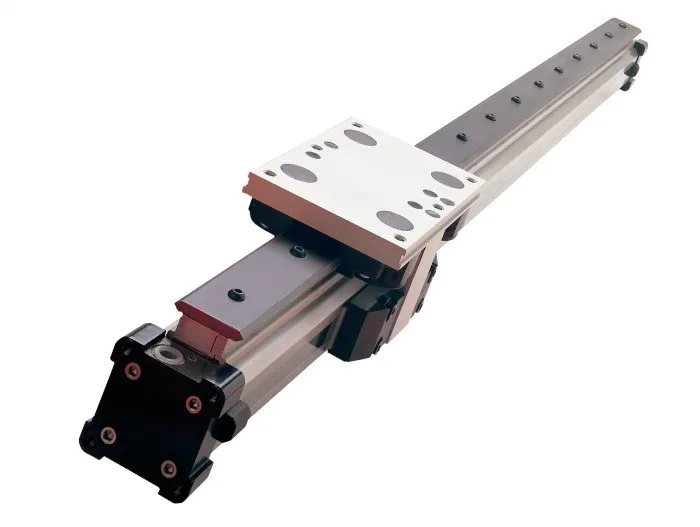
Pneumatic linear systems tend to incorporate an exterior aluminum housing which allows for the inclusion of end dampers and protective covers into the system design. For simple point A to point B motion, these systems can be the cheapest and simplest solutions available.



























Leave a Comment
Your email address will not be published. Required fields are marked *